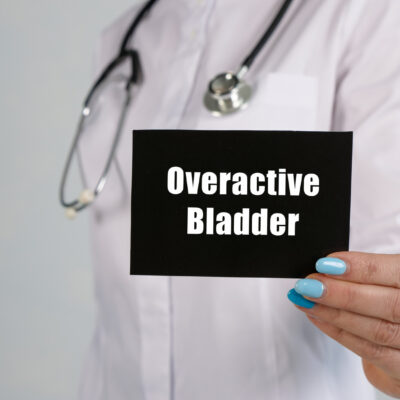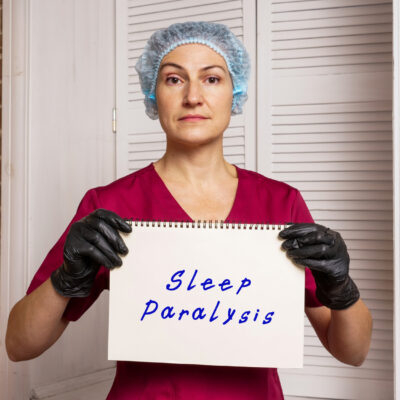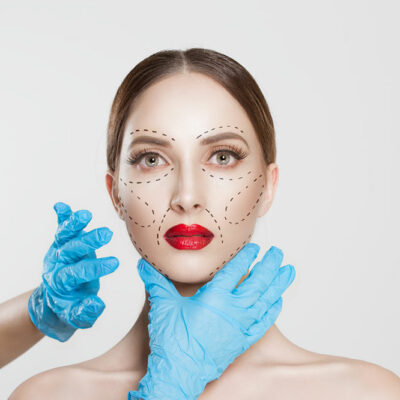
Health
5 Things That Make OAB Worse and Treatments to Consider
Overactive bladder (OAB) is a medical condition characterized by a sudden urge to urinate that may be difficult to control. It can be managed with various treatments, including medications such as Tena, Tranquility, Myrbetriq, and even Botox. Additionally, products like Thinx or Knix’s leak-proof underwear can provide added protection and comfort for those with OAB. However, it’s important to be aware that certain factors can make OAB symptoms worse: 1. Certain foods and drinks What you eat and drink can have a significant impact on OAB symptoms. Foods and drinks that are known to irritate the bladder include caffeine, alcohol, citrus fruits, spicy foods, and carbonated beverages. To alleviate symptoms, it’s important to avoid or limit these items in your diet. Instead, try drinking plenty of water and herbal teas, and opt for foods that are rich in fiber and low in acidity 2. Stress Stress is another factor that can worsen OAB symptoms. When you’re stressed, your body releases hormones that can stimulate the bladder and cause it to contract more frequently. To reduce stress levels, try practicing relaxation techniques like meditation or yoga. Additionally, make sure you’re getting enough sleep and taking time for yourself to engage in activities you enjoy 3.
Read More 















